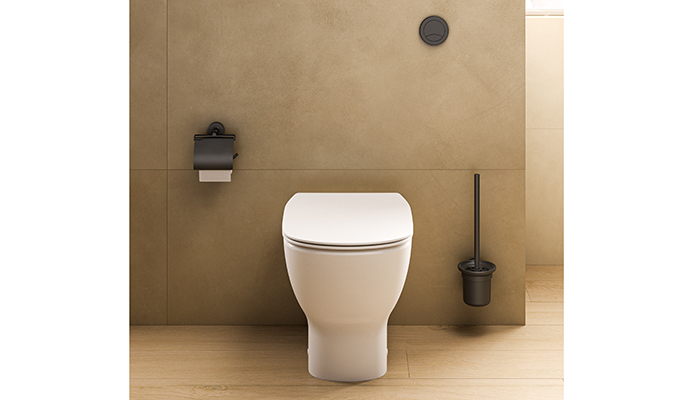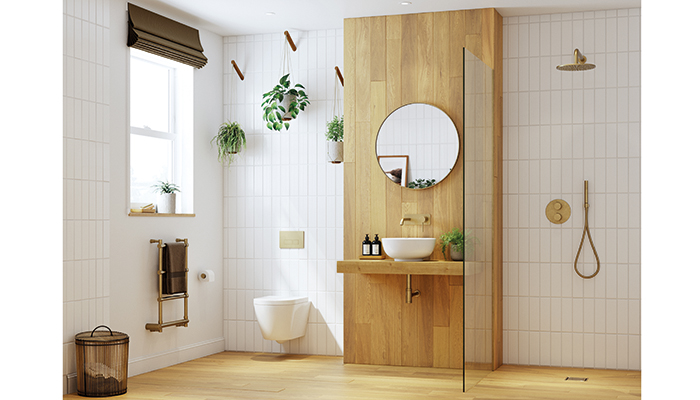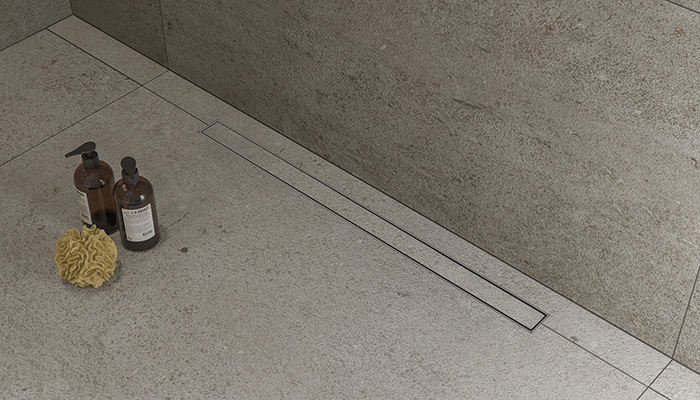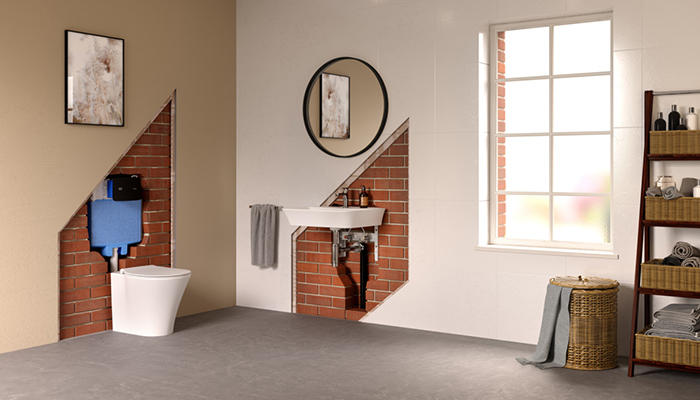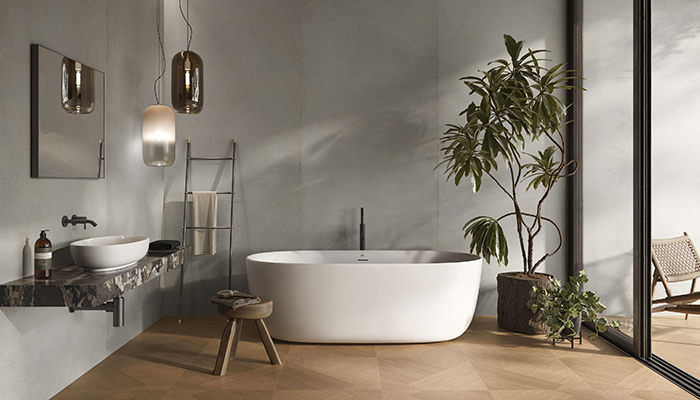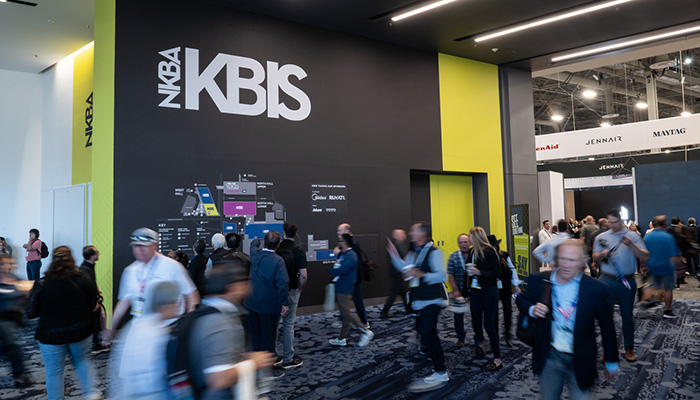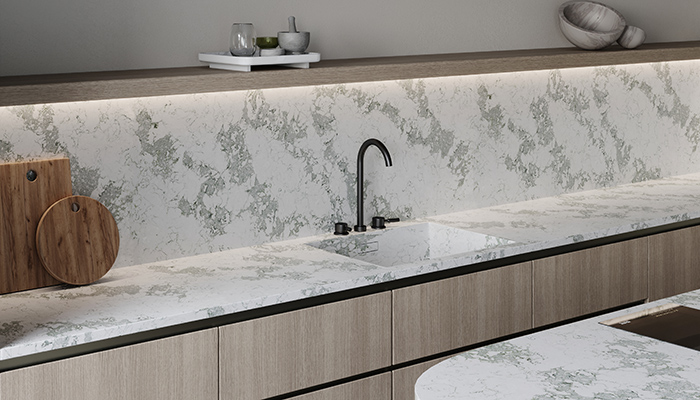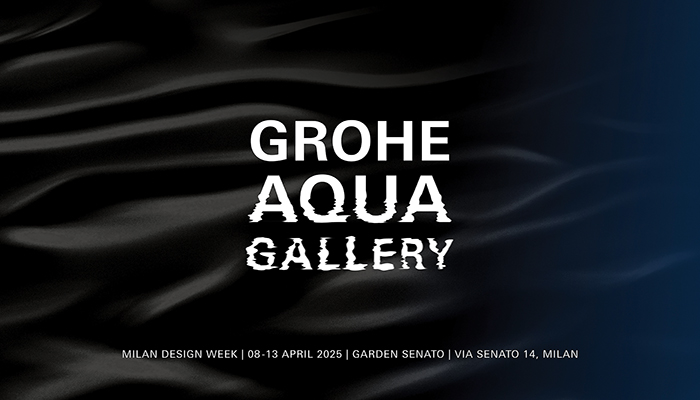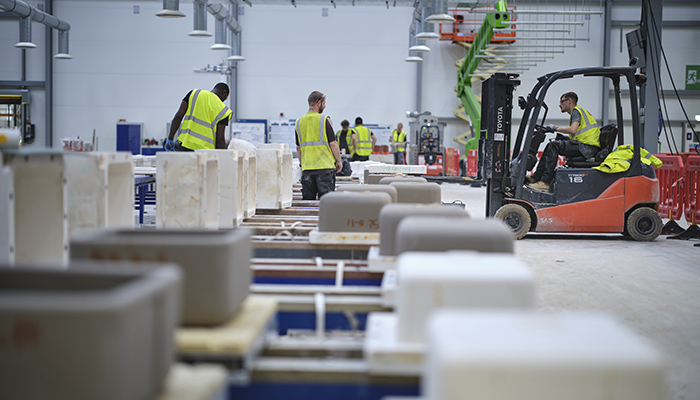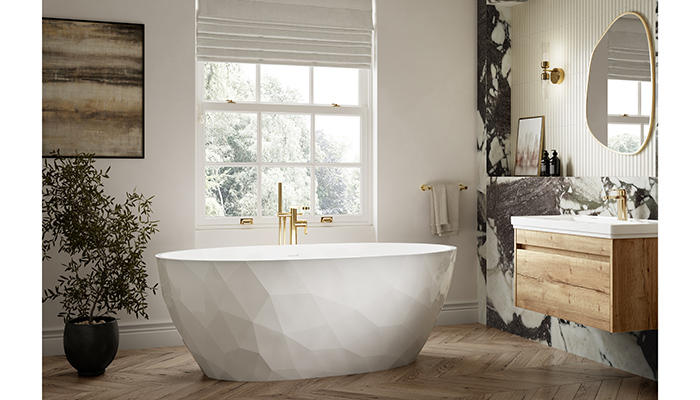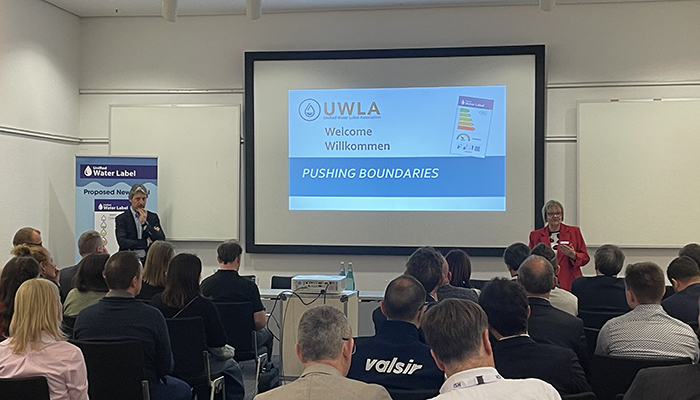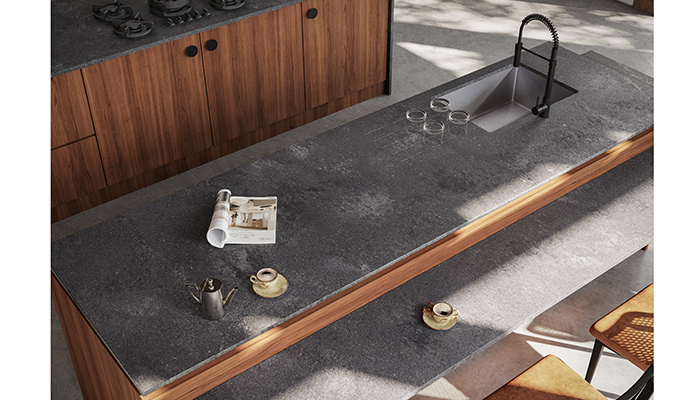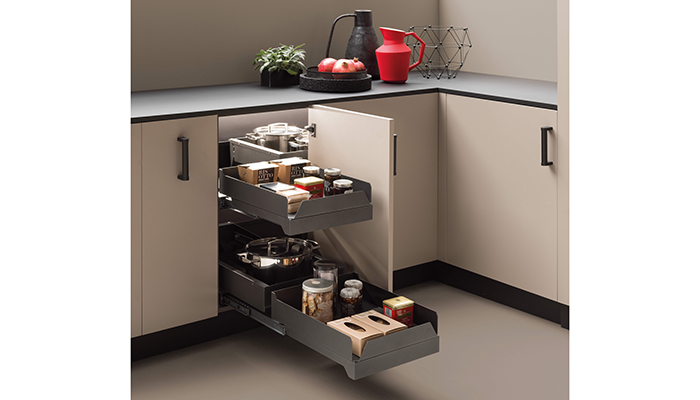From behind-the-wall cisterns to sleek integrated showers, the trend for streamlined spaces continues – Lisa Hibberd takes a look at what’s on offer in the world of hidden bathroom products.
“Concealed products fulfil an enduring desire for minimalist, clean bathroom designs,” says Tim Bohmann, director category management at Dornbracht. “By hiding the main workings of the product, they allow for the complete removal of all that is purely functional, keeping the focus on the design of the fitting and above all on the experience. This is especially effective in showers where multiple outlets, such as overhead panels, hand showers and body jets can be chosen. The result of being able to hide all technology behind the wall leads to a totally uncluttered and streamlined aesthetic, which is both pleasing and practical, particularly when it comes to cleaning which is a big consideration, especially for commercial installations.”

Tom Edmunds, general manager at Wunda Group, suggests that the popularity of the ‘seamless’ look in bathroom design ultimately stems from a desire for clean aesthetics and the creation of a sense of space, which is particularly important for British homeowners who have the smallest bathrooms on average in Europe. “Concealed products reduce visible clutter, making bathrooms look and feel more sophisticated while maximising usable space. Underfloor heating, for instance, eliminates the need for visible radiators, contributing to this streamlined look and enhancing both comfort and luxury. Such systems also provide greater design flexibility by allowing designers to create sleek, minimalist spaces without compromising on functionality. Additionally, they enable installers and developers to optimise space usage and integrate larger sought after fixtures like soaking tubs or walk-in showers without crowding the bathroom.”
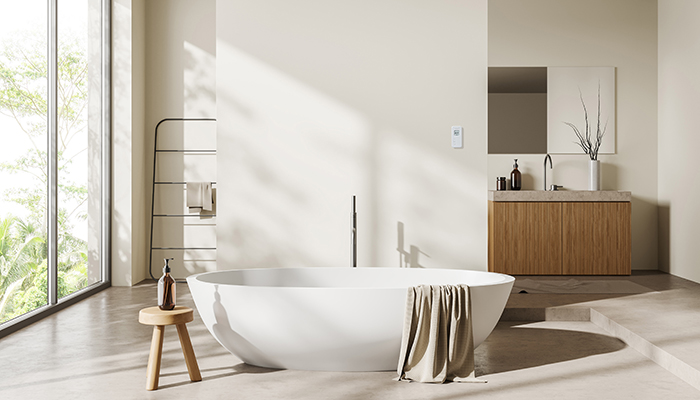

From water-saving taps to app-controlled showers and toilets, the experts at Grohe believe that ‘Tech-Masking’ is all about enjoying modern-day comforts and the convenience of technology without it being obvious to the naked eye or taking away from the relaxation factor of the room. Combining all the benefits of this trend, with our increasing need to futureproof within the UK, shower toilets are just one of many new solutions that have come to market incorporating this design approach.
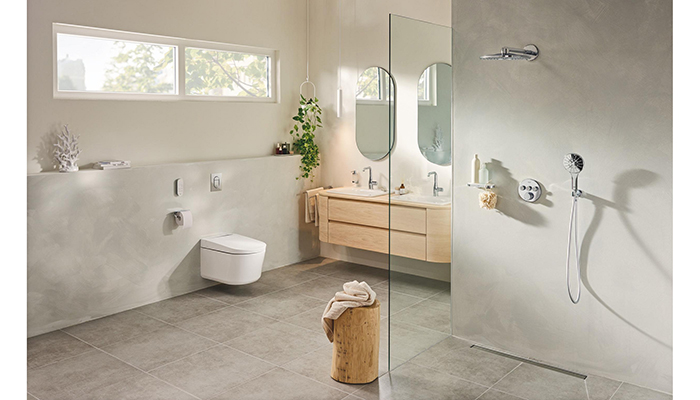
So are there any pitfalls that clients and designers should be aware of when choosing concealed bathroom fittings? “The installation process demands accurate measurements and positioning,” says Sophie Weston, head of marketing at Geberit. “Errors can lead to problems with fit, function, or appearance. For installers considering offering concealed system installation as part of their repertoire, it’s important to undergo careful planning, proper product selection, and skilled installation to ensure the benefits are fully realised without complications.”
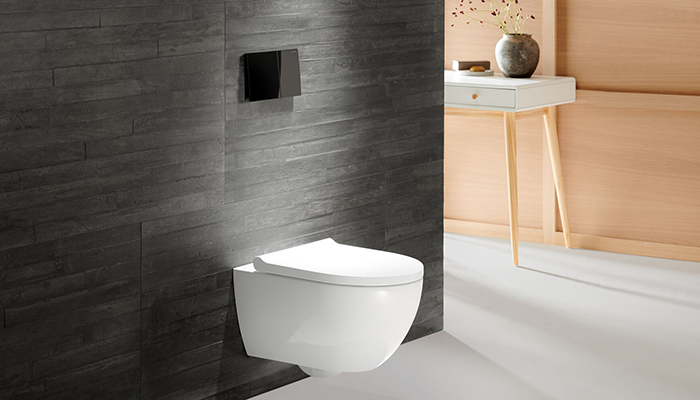
Weston adds: "Concealed systems can be installed in various wall types, including stud walls or standalone units, offering flexibility in construction methods. The hidden design allows for a range of actuator plates and flush plates, giving designers more choice in visible elements. This adaptability also benefits developers, who can install basic systems initially with the option to upgrade later without major renovations, effectively future-proofing their projects.”

Yiota Toumba, senior designer at Ideal Standard UK, reports that for designers and developers, concealed products offer a great way to save on space. “This is especially important in flats and new-build homes, while still providing all the practicalities that are expected. With increasing land prices and tighter margins, these solutions mean that housebuilders and specifiers can select products that do more in less space."
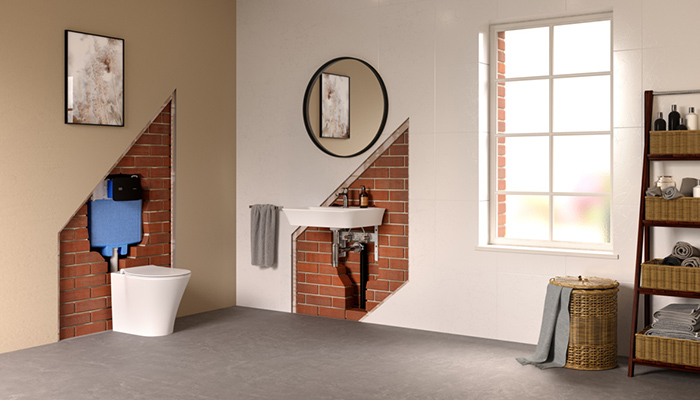
She adds: "A lot of behind-the-wall products are designed with installation and maintenance in mind too. These products are simple to install and often only require one person per unit, making them a cost-effective option from a labour standpoint. The majority of behind-the-wall solutions come with removable panels or access points that make it convenient for plumbers to address any issues without disrupting the wider bathroom, or requiring a lengthy deconstruction process to access the solution.”
